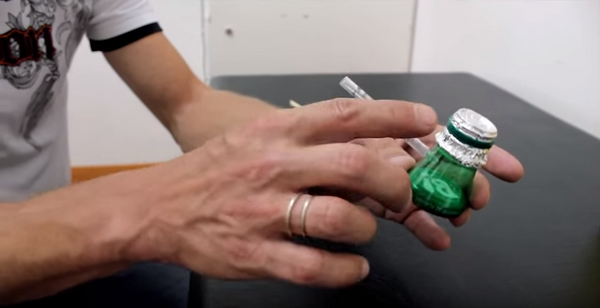GAT - Grupo de Ativistas em Tratamentos
Le crack et le bien-fondé de la régulation
Le statu quo est clairement en train d’échouer, raison pour laquelle des alternatives innovantes doivent être explorées. Pour en savoir plus, en anglais, veuillez lire les informations ci-dessous.
By James Nicholls
Last week, the Home Office and Public Health England published the results of a new inquiry into the increase in crack cocaine use in England. It makes for difficult reading for anyone who thinks current drug policies are effective.
The report confirms what the United Nations says in its most recent status reports: that the global production of both cocaine and heroin has grown dramatically in recent years. This has a number of knock-on effects. It increases the supply, thereby incentivising dealers to expand their markets; it also leads to increased purity – the purity of crack in the UK, for instance, doubled from 2013-16. This means that dealers now compete on price, and that more dangerous products are more attractive to users.
We are now seeing crack suppliers engaging in the kind of two-for-one and happy hour promotions that many of us will recognise from the alcohol market. Competition is leading to demand stimulation that is both sophisticated and ruthless. In targeting people already using heroin, suppliers are creating new levels of demand for crack – which users report has shifted from an occasional ‘treat’ to the norm. All of this demand is serviced through efficient supply networks with little disruption from the police. One respondent describes it as being easier, and quicker, to buy crack than ordering a pizza – something that the Global Drug Survey has also observed.
